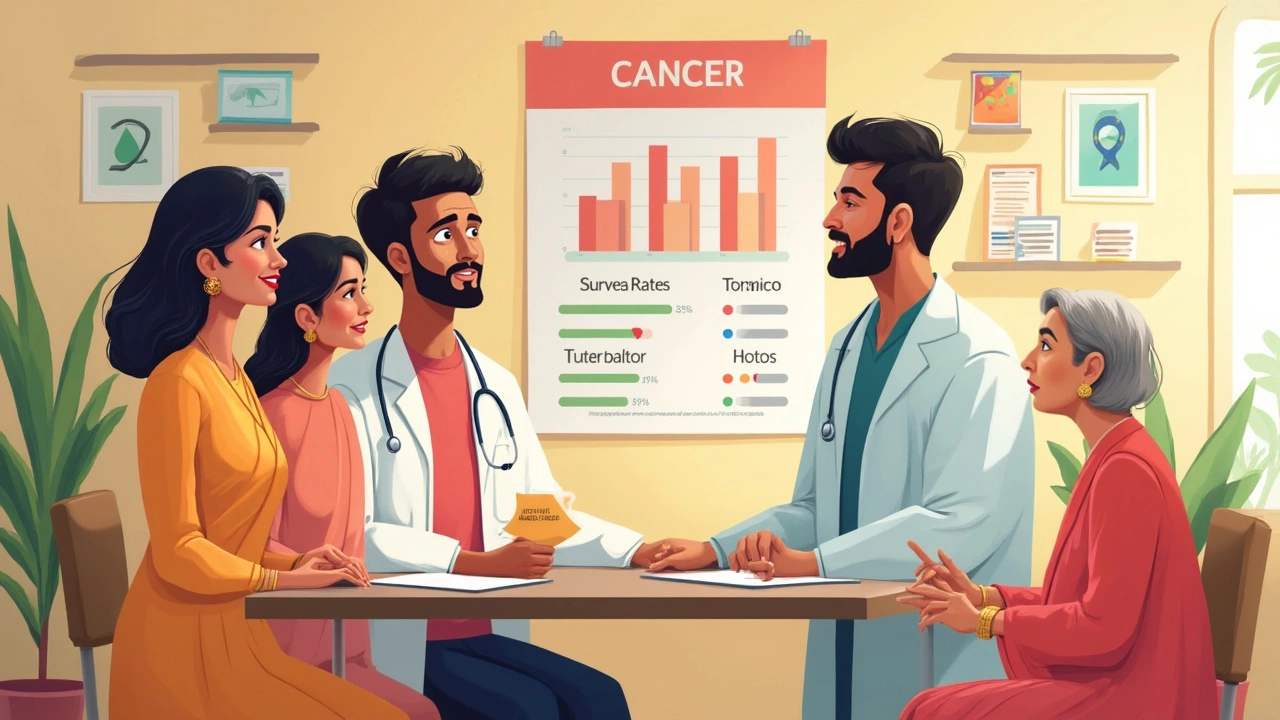Early Cancer Treatment: What Works, What to Expect, and How to Act Fast
When it comes to early cancer treatment, the process of identifying and starting therapy for cancer before it spreads beyond its original site. Also known as early-stage cancer intervention, it’s not just a medical term—it’s the difference between years of life and months. The truth is simple: the sooner cancer is found, the easier it is to treat. Many people think cancer is always a death sentence, but that’s not true. Thousands of people beat cancer every year because they caught it early—before symptoms got bad, before it moved to other organs, before treatment became brutal.
Early cancer treatment isn’t one thing. It includes cancer screening, routine tests like mammograms, colonoscopies, and skin checks that find cancer before you feel anything, and early diagnosis, the moment a doctor confirms cancer through biopsy or imaging after abnormal results. These aren’t optional extras. They’re the first lines of defense. In India, where many still delay seeing a doctor until pain becomes unbearable, skipping these checks means missing the window when treatment is most effective. A tumor under 2 cm has a much higher survival rate than one over 5 cm. That’s not opinion—it’s data from cancer registries across Mumbai, Delhi, and Bangalore.
What does early cancer treatment actually look like? It might mean a small surgery to remove a lump, a few weeks of radiation, or a short course of targeted drugs. No chemo cocktails. No hospital stays for months. No lost jobs. Just focused care that gets you back to life faster. People who start treatment early often return to work, take care of their families, and keep living without major disruptions. It’s not magic. It’s timing. And timing is something you control.
But here’s the problem: most cancers don’t cause pain in the beginning. You won’t feel sick. You won’t lose weight. You might just feel a little off—tired, bloated, or out of sorts. That’s why waiting for symptoms is dangerous. The body doesn’t scream until it’s in crisis. That’s why screening matters more than waiting. If you’re over 40, have a family history, smoke, or drink regularly, you’re not being paranoid by asking for a checkup. You’re being smart.
Some cancers, like cervical or colorectal, can be prevented entirely with early screening. Others, like breast or prostate, become far less dangerous when caught early. Even melanoma—the deadliest skin cancer—has a 99% five-year survival rate if treated before it spreads. That’s not a guess. That’s from the Indian Council of Medical Research.
You don’t need to be a doctor to understand this. You just need to act. Get your annual checkup. Know your body. Don’t ignore that new mole, that persistent cough, or that weird change in digestion. These aren’t "just stress." They could be signals. And early cancer treatment works best when you listen.
Below, you’ll find real stories, practical advice, and clear guidance from people who’ve been there—whether it’s understanding test results, choosing the right doctor, or navigating recovery without losing hope. This isn’t about fear. It’s about power. The power to catch it early. The power to choose your path. And the power to live longer, better.
-
25
Curious about which cancers have the highest survival rates? Some types, like papillary thyroid cancer, have a 95% survival rate or higher, especially when caught early. This article breaks down which cancers are the most treatable, what makes them so, and what you should know about early detection. You'll also get tips on recognizing symptoms and talking to your doctor about screening. Clear, direct info—no jargon.
